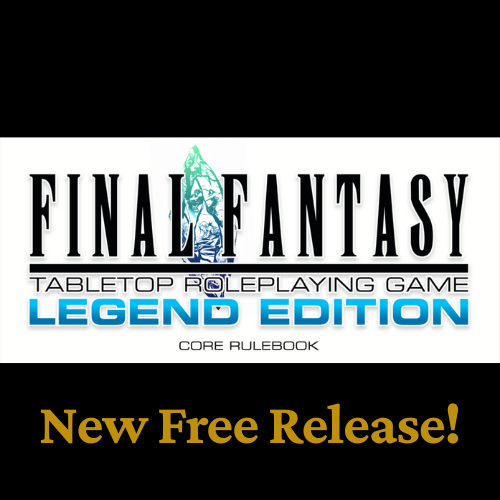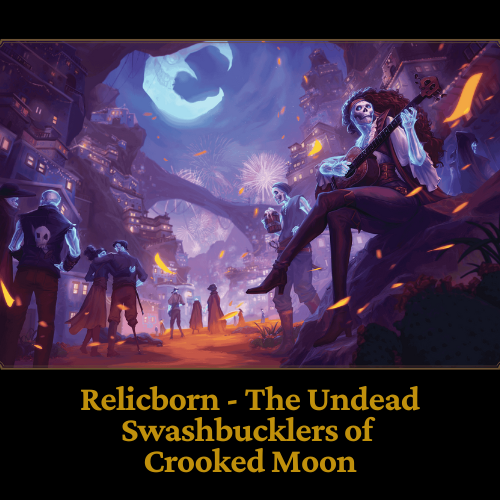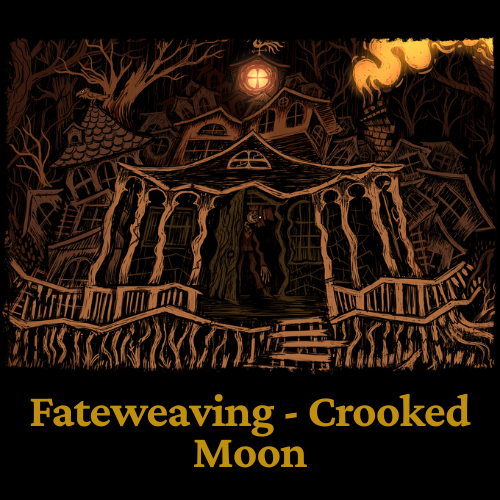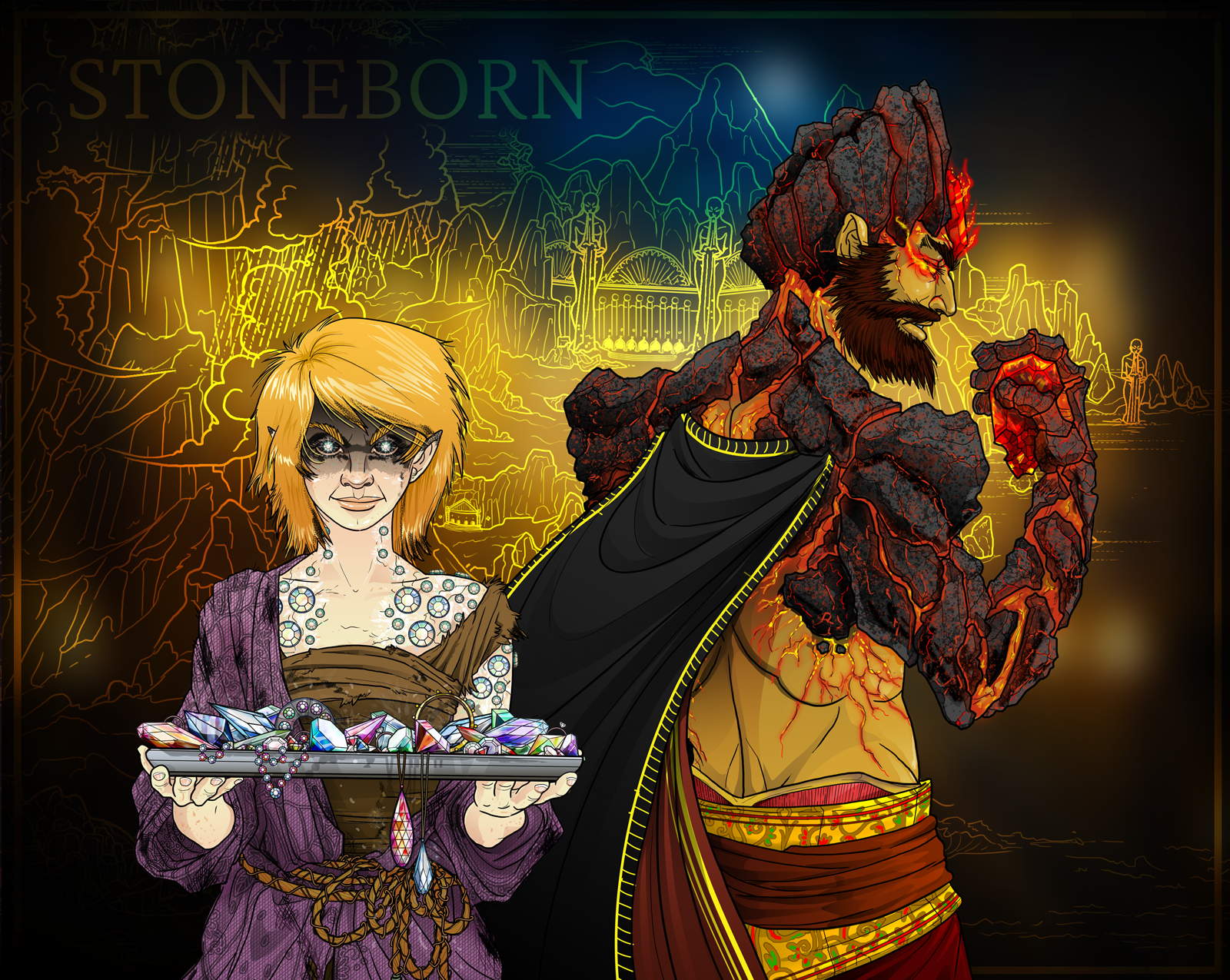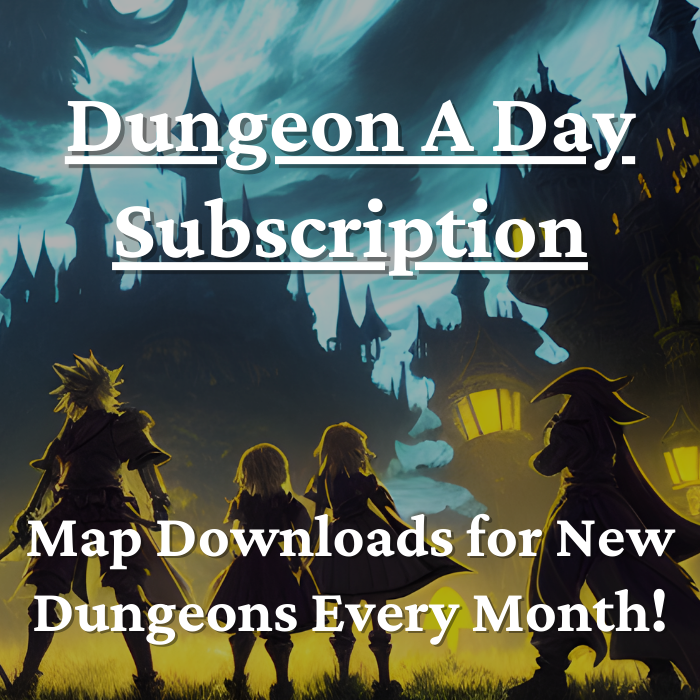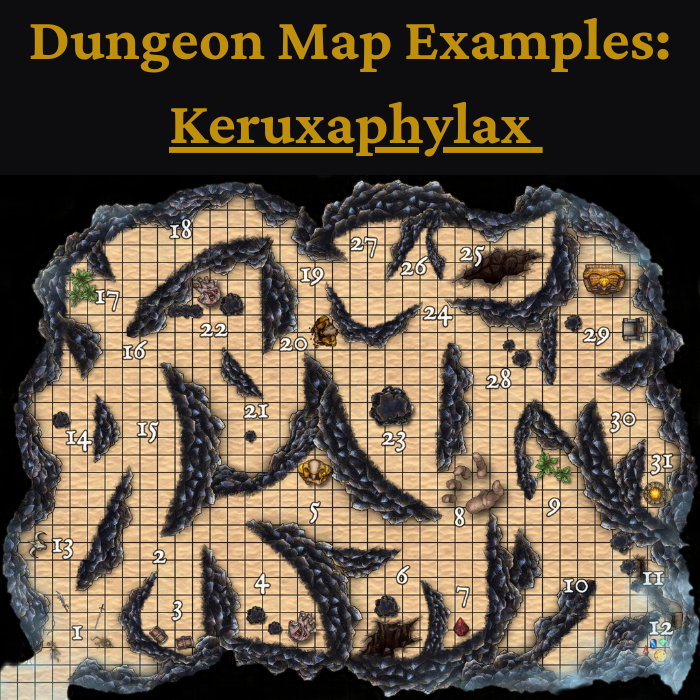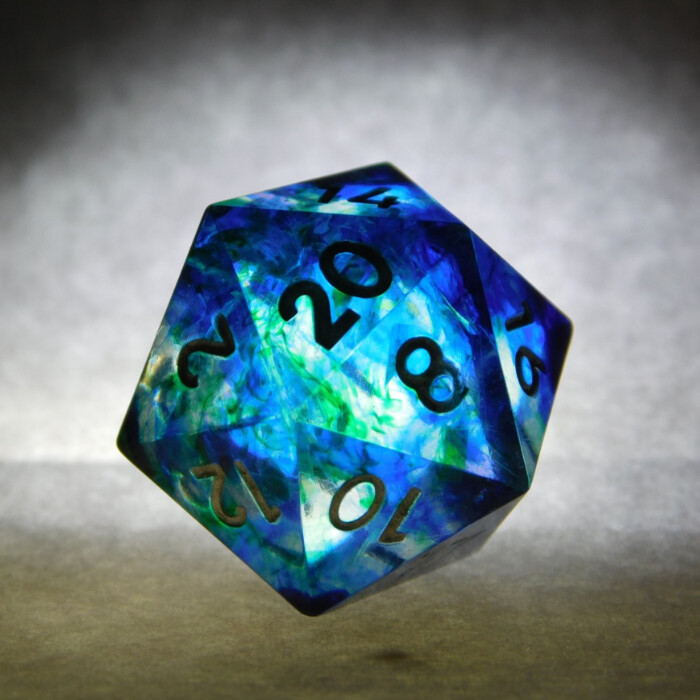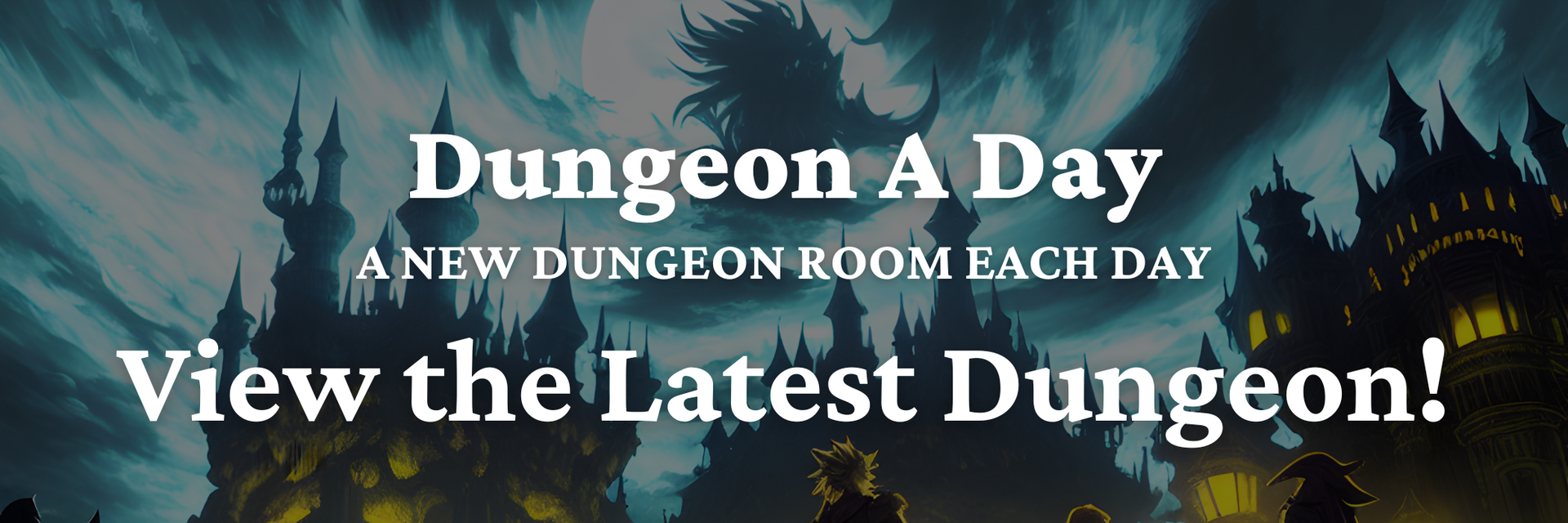TTRPG - Welcome to Tabletop Roleplaying
The term TTRPG stands for tabletop roleplay game (or tabletop RPG). TTRPGs are the “old-school” equivalent of video game RPGs.
The main difference between TTRPGs and video games are that TTRPGs usually take place between a group of players all sitting around a table, and action primarily takes place in the “theater of the mind.” Even as video game RPGs become more popular, so too do TTRPGs. People like trying out the more in-depth tabletop games that started the video game RPG genre.
Which TTRPG Should You Play?
There are literally thousands of TTRPGs to choose from. The main difficulty with selecting one is that tabletop RPGs usually have pretty in-depth rules, and reading the rulebook can be time-consuming. Which is why many people, once they find a TTRPG they like, tend to stick with playing just that one game. So, which TTRPG should you play? Try finding a game with some of the following traits:
- Easy for new players to learn, so you can invite your friends.
- Fits the genre you want to play (fantasy, sci-fi, steampunk, or a game set in a world you already know and love).
- A game with a lot of depth and options for players, but not so many rules that gameplay gets bogged down.
- Most importantly, a game that you and your friends find massively fun!
One of the best ways to go, if you’re new to the world of TTRPGs, is to create a list of games that look interesting as you’re doing your research. Narrow down that list based on the bullet points above. Once you have a gaming group you know is interested, bring the list to them, and see what they think. They may add a potential game or two to your list, as well. Then, try one out. You can always switch games if the first one you tried wasn’t exactly what your group was into.
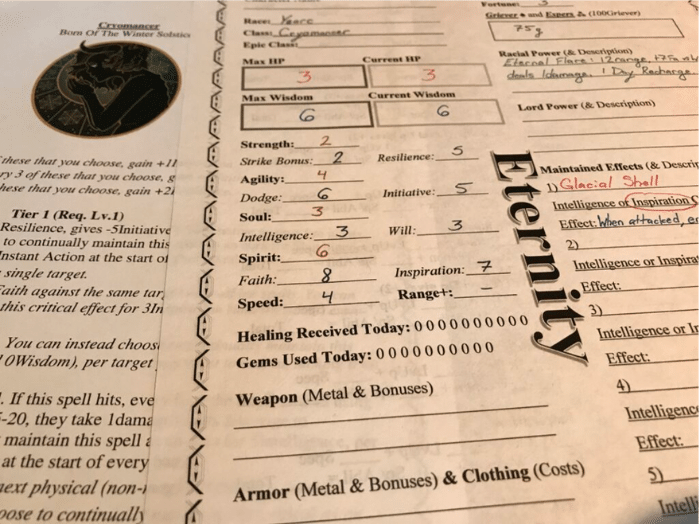
Trying New TTRPGs
If you’re someone with a lot of experience with tabletop RPGs, trying new TTRPGs can be a lot of fun. The same problems exist for you, of course, as someone just beginning their journey. Rulebooks are time-consuming to read, and your gaming group may not love the game. But if you’re a die-hard fan of tabletop gaming, it’s worth the risk to try out a new game even once or twice per year. Make it a birthday or Christmas present.
Most people know about Dungeons and Dragons - it's a household name. But, there are many wonderful TTRPG systems out there that are similar, but different (and in some cases, even better). For a list, take a look at my article on Games Like DnD to find a game that may be lesser known, but one that you may absolutely love.
Many people also customize the TTRPG they play with their gaming group, especially over time. Some things in the rulebook may not suite the group very well, or better ideas get proposed. After all, the whole point of the game is for the group to have fun. So why not? And one of the best ways to come up with small “in-house” rules changes or adjustments is to bring them in from another TTRPG.
The fact is, no one has yet created the “perfect” or best tabletop RPG. Just like no one has yet created the “best” video game RPG. The best games are always a matter of preference. And people are always designing better ways to play. It’s worth it to keep up with the new TTRPGs coming out.
How are TTRPGs Played?
TTRPGs are typically played with a group of people sitting around a table. Everyone prints out character sheets, pulls out their dice, and the rulebook of whichever game they’re playing. Some websites now support playing TTRPGs online, and allow people to game together even if they live in different geographical areas. But the main ingredient is cooperative gaming. Like playing board games, almost every TTRPG is best played with a group of friends.
In the gaming group for a TTRPG, there’s usually one person who “runs” the game, called the “game master.” The game master’s job is to create the gaming world. They decide the world’s setting, it’s NPCs (non-playable characters), unique items and treasures, and the story taking place. Everyone else in the gaming group roleplays a character that they create in the world set by the game master. There are some rare tabletop RPGs that either have no game master, or multiple game masters. It doesn’t really matter which format of roles and responsibilities is used – there isn’t a “right” way to play – so long as everyone in the gaming group is having fun.
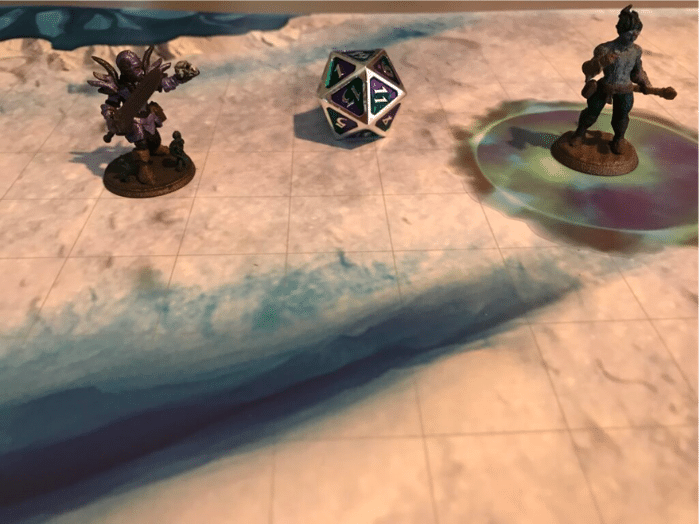
Video Game RPG or TTRPG?
TTRPGs will never have the graphics or pure sensation factor of video game RPGs. There are many great video game RPGs out there. Each year they get better and better. The way they look, the music created and used, gameplay mechanics. All of it. As technology improves, video games become more and more immersive, and more and more fun, which is really the point of a roleplay game to begin with.
However, nothing is more immersive than true roleplaying. Not just the “roleplaying” where you’re using a controller to press buttons and move a character around on a screen. But the roleplaying where you take on persona of a character, whether of your own, or another’s creation. Roleplaying with a group of people playing a TTRPG creates for even greater immersion, as each of you contributes to the collective theater of the mind. You don’t just move a character around. You become the character. You see what they see, speak through their lips, hear what they hear, feel as they do, and sense real (imagined) danger and drama.
Players definitely get back what they put in with TTRPGs. Video games bring everything to the player, with very little effort or energy required back. So, both are good. And luckily, you don’t have to choose one or the other. But if you’ve only ever played video game RPGs, it’s definitely time to step into the world of a TTRPG. Give it energy and effort while prepping the game and playing, and you will be amazed how much fun you get out.
Class Based RPGs vs. Classless RPGs
In my article Class Based RPG vs. Classless RPG Pros and Cons I talk about how some tabletop RPGs give players specific character classes (like a warrior, barbarian, rogue, or wizard), while others allow them to literally create any character combination of their choosing.
Class Based RPGs, such as Dungeons and Dragons or the Eternity TTRPG Game System, provide a lot of structure for TTRPGs. Simply by playing the game and leveling up, your character comes with a clear thematic build for their spells, abilities, feats, and powers. Meanwhile, classless RPGs, such as Skyrim, allow you to give your character any combination of spells and abilities you'd like, usually by spending points (like Exp.) acquired by playing the game.
Class Based RPGs
Class based RPGs may seem more restrictive as far as character builds go, at first glance, but many players actually feel that having clear roles within a party (since players are not able to simply select spells or abilities that other characters possess) makes for greater fun. Take the Fallen Paladin for example. It's a clearly dark class that suggests shadowy magic, skill with a sword, and a degree of survivability. It's the kind of thing that's clearly defined, and usually inspires players to try out an archetype that they may have been interested in for some time.
If you want to play a Class Based RPG, you may even check out an online Class Quiz that can tell you what type of class for a game that you might like to play.
Classless RPGs
Most TTRPGs are class based, but some do have a classless system. Classless games are often a ton of fun for one or two play-throughs, where you get to build a character exactly he way you've always imagined for an RPG. However, you'll often find that when it comes to a group of tabletop RPG players, most people will end an ongoing RPG campaign with basically the same character builds as everyone else in the group. The reason is that most games a set of spells or abilities that are simply more powerful than others, so eventually, everyone gravitates towards those powerful builds.
In any case, making the choice between a class based RPG or classless RPG is up to you, for whatever you feel is best for your gaming group. At the very least, I'd recommend trying both so you can know for sure what type of game you enjoy more.
TTRPG Campaigns
People tear up talking about their TTRPG campaigns/ RPG Campaign. Loaded with drama, intrigue, betrayal, passion, and desire to overcome all opposition, a “campaign” represents the best part of TTRPGs. Campaigns are essentially a series of game sessions all played in the same world and storyline, over a period of time. Some campaigns last just a few gaming sessions. While the best ones usually last at least 6 months. Like all good things, good stories take time to mature.
The goal of any gaming group is probably to have the most fun possible. Even though life can get busy and schedules can be hard, most tabletop gamers have the most fun with a long campaign. If a gaming group can meet for a few hours once a week, once a month – whatever – for long enough, and each player stays diligent with immersing themselves in the story, that’s when the most satisfying moments of playing a TTRPG take place. Ask anyone who’s played TTRPGs for any amount of time, and they’ll confirm.
If you’ve never played before, don’t get too ambitious, though. A great TTRPG campaign can be played in a few gaming sessions that each last only a couple hours. Just create one small story at a time. See where it goes. Enjoy the TTRPG journey. Oh, and bring your friends.
Quest Ideas for your Campaign
Whether you're new to tabletop gaming or you're a seasoned pro, it's always helpful to have additional resources for quests, campaigns, and even one-shot games. I've compiled a list of great articles for you to check out here that cover that very set of topics:
- How to Write a D&D Campaign
- How to Start a DnD Campaign
- DnD Campaign Ideas
- DnD Quest Ideas
- DnD One Shots
- Single Player DnD
Total Party Kills
There's a lot of lingo to learn when you're first getting into TTRPGs. One of the first things you may learn about or even experience for yourself is the legendary DnD TPK. TPK stands for "Total Party Kill," or total party wipe - an encounter where everyone's characters die.
Though sad, TPKs are also often the source of a great deal of fun, as you learn for the first (or even the fiftieth) time that TTRPGs can be dangerous worlds, and the adventure you find there can be very deadly!

The Dungeon Master
Not all TTRPGs have a dungeon master, but most do. The dungeon master - or game master - is the person who leads the gaming group. Depending on the actual game system you play, it's typically the dungeon master's responsibility to set up the gaming group, coordinate everyone's schedules, plan the game's world, run encounters, plot the main storyline, and mediate players' actions. Being the dungeon master is a big responsibility, but one that many people find very rewarding.
If you ever need help with your own dungeon mastering, I've put together an entire article on Dungeon Master Tools that I've found essential for running my own games. Also, no matter whether you plan on running a relatively short campaign, or one that could span years, I recommend investing in some form of Campaign Planner where you can organize and journal about your story's ideas.
Dungeon a Day
Speaking of quest ideas and dungeon master resources, the Eternity TTRPG website is now home to Dungeon a Day, where you can check us out each day that the event is running for a new dungeon room. Every month, the combined dungeon rooms build up to a complete dungeon floor, which you can use in your ongoing campaign.
Dice, Miniatures, and Tabletop Gaming Mats
Don’t worry about getting anything fancy before playing a TTRPG for the first time. If you really enjoy the genre, and find a good group to play with, you can always upgrade. For your first few games, you may want to pick up the following:
- Set of dice. Most sets come with a couple d6 (6-sided dice), d8, d10, d12, and d20. Some also come with a couple d10’s so players can “roll” a d100. If you're curious about what dice you should buy, check out my article on the Best D&D Dice for your game.
- If you’ve already chosen or created the character you’ll play in the game, pick up a miniature that fits your character. Some people also enjoy painting their miniature, for added customization.
- If no one in your group has a battle mat, and the game uses miniatures, pick up a basic one, or find one with some good background artwork.
If you get into playing a TTRPG you will see the appeal to customizing which dice, miniatures, and gaming mats you use, almost immediately. They really do add a world of fun in their own right.
Online Initiative Trackers
If you're going to play tabletop RPGs the way that most are intended, you may want to check out an online Initiative Tracker. Initiative trackers make it easy for dungeon masters and players alike to determine when it's their character's turn when it comes to combat encounters.
In the past, for my own games, I've experimented with everything from keeping track of initiative on notebooks, to using Initiative Trackers like what you can find on Amazon, to online trackers. What I can definitely tell you is that having some fun and engaging way (even aesthetically pleasing way) to keep track of initiative can be a big help for your tabletop games.
D&D Gifts
If you play TTRPGs for any degree of time, you'll soon come to realize that there are a ton of really cool gifts you can either give someone, or ask for yourself, based in the world of tabletop RPGs. Artwork, dice, miniatures, battlemaps, even music, games, or movies - really, the list is endless.
If you're curious about what's out there, looking for a gift for someone, or want to see what you might get for yourself, take a look at my Ultimate DnD Gifts Guide for over 50-ideas and inspirations. Also, if you need some gifts that that special dungeon master in your life, take a look at the Ultimate Dungeon Master Gifts compilation I've put together.
And finally, don't forget about having a very
merry DnD Christmas! You won't find such exciting DnD-themed ugly sweaters anywhere.
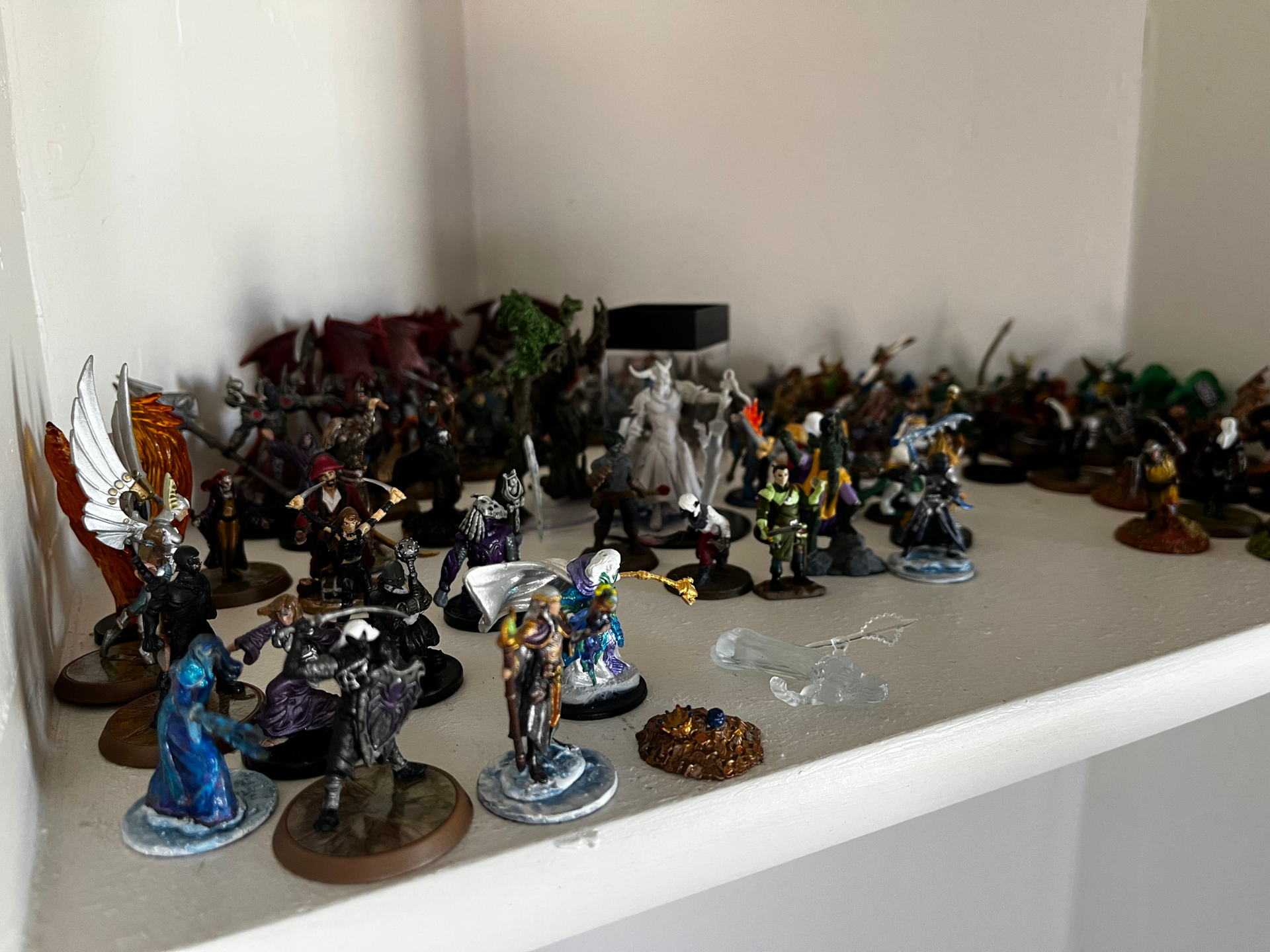
TTRPG Character Sheets
Probably the most useful part of any TTRPG is the character sheet. Each tabletop game system has a different set up for the character sheet. Some are very simple, and are comprised of only a couple columns on a sheet of paper. Others are multiple pages long, with each page crammed with information. The character sheet is so useful because it’s basically a summary of the game’s rules, laid out for players as a quick reference on how to play.
It’s also a summary of each player’s character in terms of their strengths, weaknesses, and important notes for roleplaying. Need to know whether or not a player’s character is capable of achieving a task with any uncertainty of success? Check the character sheet. Need to remember some important detail from a character’s past? There’s probably a section for that on the character sheet (and hopefully the player used it to write down that important detail).
Aside from just being dead useful, TTRPG character sheets are fun. They’re fun to look at, for the unique designs game creators so lovingly put into them. They’re fun to read in detail, to get an idea for how a game is played. And they’re fun to search through when in the heat of an important moment in the game, hoping beyond hope there’s something listed on there that can save you.
Character Ideas
Of course, character sheets are only useful for explaining an awesome character idea. If you ever want to explore some additional options on character design, or need inspiration for your own unique creation, check out these awesome DnD Character Ideas where you can find about 10-different character concepts that you may try for your upcoming campaign.
Dungeons and Dragons Resources
Of course, of all TTRPGs, Dungeons and Dragons is by far the most famous and most played. If you're specifically planning to play D&D, here's some additional resources that you and your group can use in your upcoming games. The following posts are specific strategy guides on some of the game's most important/ iconic spells, and other important D&D 5th edition topics:
Try Out a Group GM TTRPG
Most TTRPGs use a single GM (game master) to run the game, providing details for the world, NPCs (non-playable characters), and more.
If you’ve never played a group GM game before, though, I highly recommend it. Most group GM games result in chaos, as every player contributes to the game’s story, world, NPCs, etc. However,
Eternity TTRPG has solved those problems. Check out our Shop page to learn more about how you can leverage all of your group’s creativity, play as a GM, and also roleplay your own character – all in the same campaign.
Dice, Dungeons, Games & More - Eternity TTRPG
Share This Article

Author - Jacob Tegtman
Dear reader, I hope you enjoyed this article. Tabletop gaming has been a passion of mine since I was 6 years old. I've played just about every game from Dungeons and Dragons to video games like Final Fantasy. These games have inspired me, made me laugh, made me cry, and brought me endless hours of enjoyment.
I started Eternity TTRPG - and the indie tabletop game that goes along with it (Eternity Shop) - to share my love of gaming with others. I believe that in our technology-driven age, tabletop games help bring a sense of magic and community back into our world.
If you love the site, please share it with others! I have lots of gaming-related material for you to peruse and use in your own gaming sessions. If you have any questions about the site or want to contribute, just send me a message using the "Contact" page, which you can find in the site's footer.
